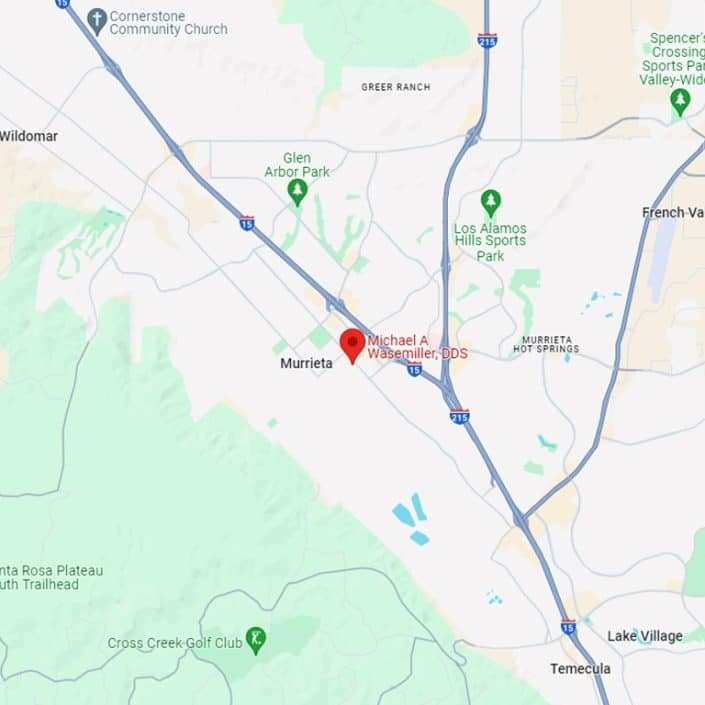Receding gums are often considered to be a problem that just comes along with aging or just one of those issues that certain people have. However, receding gums can actually cause a lot of problems with your oral health, and your dentist may recommend gum grafting in Murietta, CA. In the event this is something your dentists recommends, you are bound to have some questions. Here is a closer examination of gum grafting and what you should know.
Gum Grafts at a Glance
There are basically three different forms of gum graft procedures, including free gingival graft, pedicle or lateral graft, and connective tissue graft. Each of these grafts is done for different reasons. For instance, a pedicle graft involves cutting a flap in tissue close to the receding area and folding it in place to cover the opening. no matter which type of graft is performed, there are certain things that you can expect during and after the procedure is completed.
Common Reasons Gum Grafts Are Recommended
Gum grafts can be recommended by a dentist for a few reasons. Normally, the procedure is recommended if you have gums that are receding to a point that it is putting your teeth or the health of your teeth at risk. However, the procedure may also be recommended if you have issues with severe sensitivity due to receding soft tissues or if you are unhappy with the appearance of your smile due to receding gums.
What to Expect During Gum Grafting Procedures
During a gum graft, the dentist will remove or create a small flap with a small piece of healthy soft tissue from one area of your mouth and attach it to the receded gum area. For example, if the roof of your mouth is healthy, a small piece of tissue can be taken from this area and implanted over the base of a tooth where the gums are receding. This procedure is a simple surgical procedure, but you will probably be sedated during the procedure. You will probably not be completely put to sleep, but it is recommended that you have someone who can drive you after the appointment.
Recovery After a Gum Graft Procedure
Once the procedure is done in the office, you can naturally expect a short healing period before your gums feel better. You may be prescribed an antimicrobial mouthwash or told to take over-the-counter pain medications like ibuprofen or naproxen. Your dentist will likely advise you to avoid brushing and flossing in the area where the gum graft is located because any abrasion can disrupt the healing process. Additionally, it will be best if you stick with a soft-food diet in the first few weeks after the procedure, and it will be best to avoid foods that are extremely hot.
Once your gum graft is properly healed, you will have a healthier mouth overall. If you would like to know more about gum grafting in Murietta, CA, reach out to a dentist to make an appointment.

